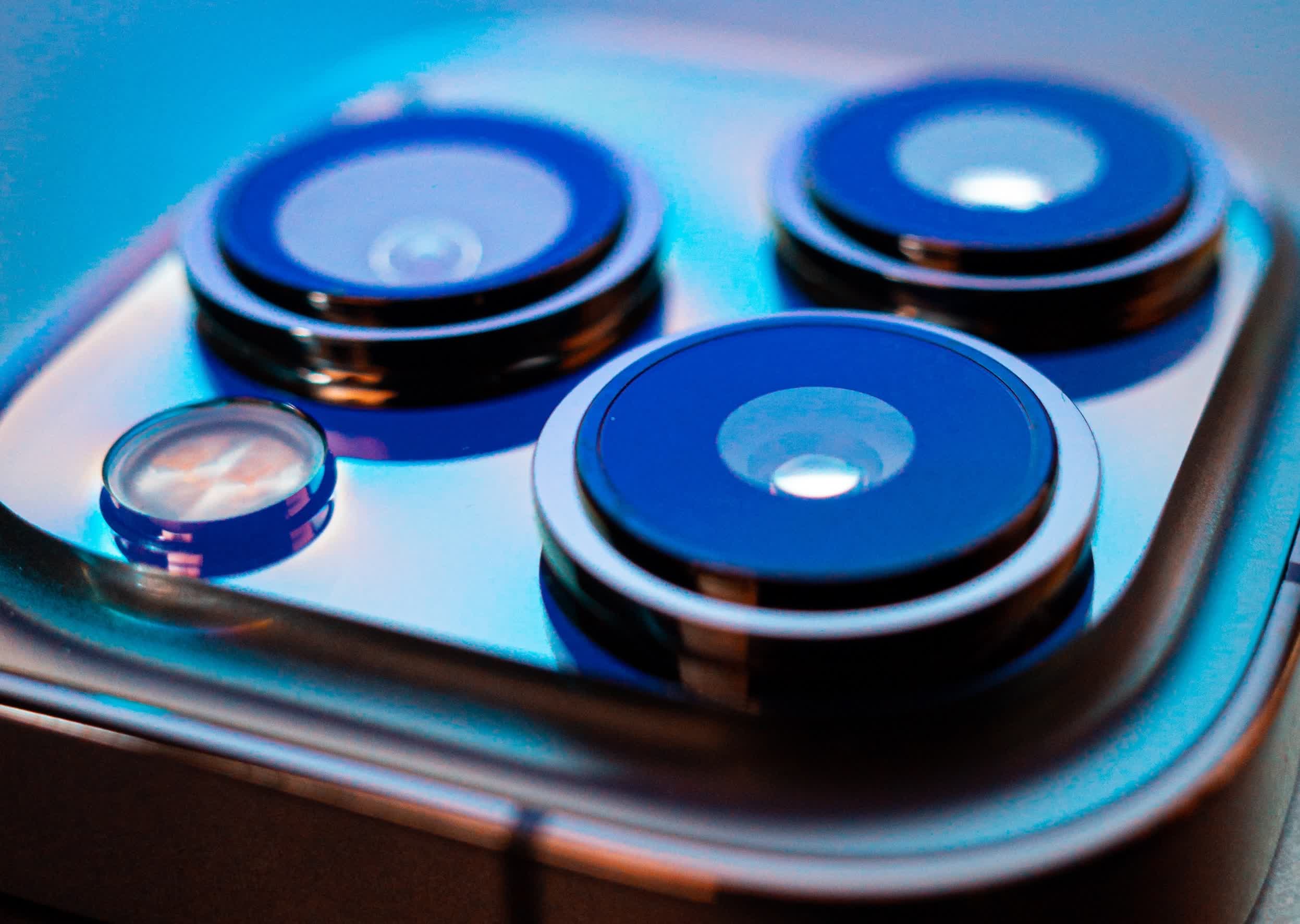In a nutshell: Sony will reportedly supply Apple with its latest image sensor for use in the next iPhone, bringing mobile photography one step closer to rivaling what's capable with a traditional DSLR camera.

According to Nikkei, Sony Semiconductor Solutions' new image sensor nearly doubles the saturation signal level of each pixel. This allows the sensor to capture more light and reduce the chances of underexposure or overexposure in scenes with strong contrasting lighting. For example, it could better expose a person's face when they are standing in front of a bright background.
The publication said Sony achieved the breakthrough by leveraging a new semiconductor architecture that puts transistors and photodiodes in separate substrate layers, thus allowing for more photodiodes on its dedicated layer.

Earlier this year, Sony Semiconductor Solutions (SSS) President and CEO Terushi Shimizu said he expects smartphone camera image quality to surpass what is possible with a DSLR within the next few years through a combination of advanced image sensor technology and larger apertures.
According to British analytics firm Omdia, Sony was responsible for 44 percent of global CMOS image sensors in 2021 with rival Samsung in second place at 18.5 percent.
Apple's iPhone 15 is shaping up to be a substantial upgrade, at least if rumors are to be believed. All models are expected to feature the Dynamic Island and switch from Lighting to USB-C, but only the premium iPhone 15 Pro models will reportedly get the fastest wired connectivity. Pro variants may also ship with haptic solid-state volume and power buttons, bringing the iPhone a step closer to being a buttonless, portless handset.
Recent rumblings also suggest Apple's own 5G modem will not be ready for next year's iPhones despite significant time and money investments over the last few years. In July, Bloomberg said Apple was struggling with overheating issues in its prototypes. As such, Qualcomm is again expected to supply the majority of 5G chips for the 2023 iPhone family.
Image credit: Ehimetalor Akhere Unuabona, Cottonbro Studio
https://www.techspot.com/news/96800-apple-eyes-sony-advanced-image-sensor-iphone-15.html